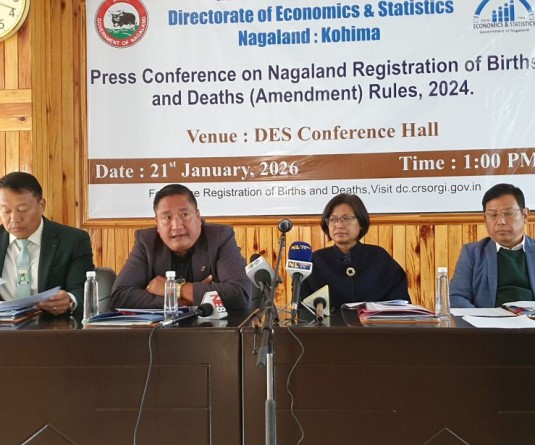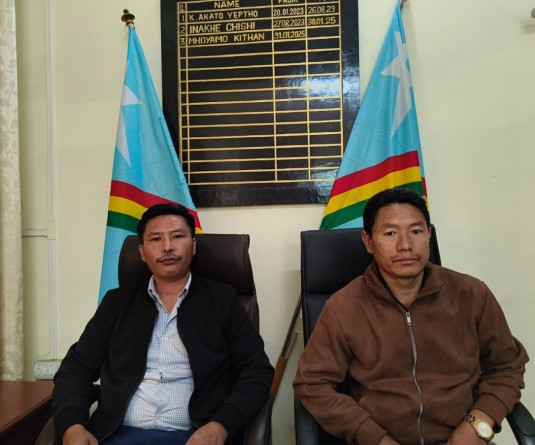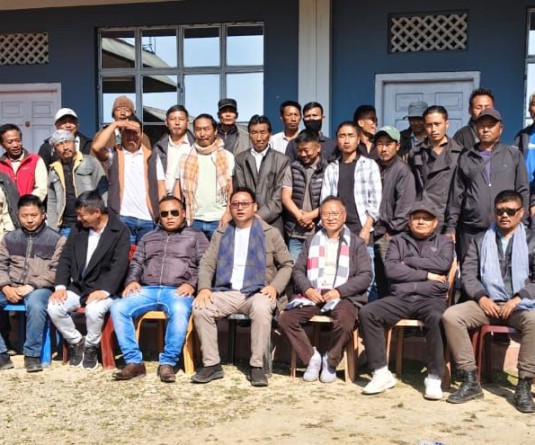Samples of indigenous seeds collected from the survey area in Longleng district. (Photo Courtesy: MIHYO)
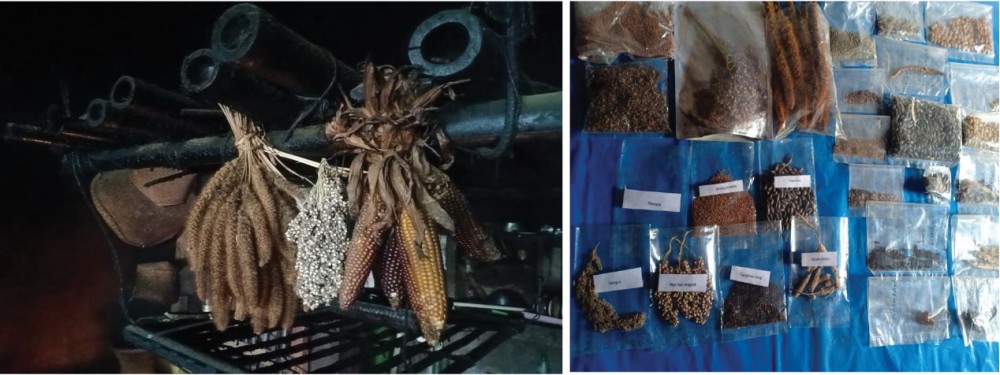
• Usage of indigenous crops declining in Longleng, finds survey
• At least 9 crops are no longer found in study area
Longleng, April 25 (MExN): An independent survey conducted by the Longleng-based ‘May I Help You Organisation’ (MIHYO) has revealed that there has been a decline in the use of indigenous crops in Longleng district.
The organisation on Sunday stated that the survey was conducted in parts of Longleng district in February 2021 with two main objectives—to find out the availability of local crop seeds in the areas under study and explore the various indigenous agricultural practices of the region.
The survey also revealed that in recent times, the practice of seed saving among farmers of the region has also seen a declining trend.
The most significant reasons for this decline, it said, were the availability of crops for consumption and seeds in the market and the supply of seeds from the government.
“All of these and other related reasons such as shift in the engagement of the people to other economic activities has resulted in the loss of the usage and continuity of certain seeds,” it added.
While presenting its findings, the organisation stated that due to lack of adequate resources, the survey could not cover the entire district. However, it underscored that the present survey could be used as a ‘stepping stone’ to encourage further research and studies.
According to the survey, at least 9 indigenous crops are no longer found in the study area and are likely to have become ‘extinct.’ (See Table)
Shifting food habits, lack of storage facility
It stated that the crops under the ‘E’ category are “likely to be extinct since only a handful of people are found to have access to those crop seeds.” The crops under the ‘N’ category are still found in many households in the study area and are predicted to be in use for many years, it stated, while adding that appropriate measures should be taken to sustain their use.
Attributing the decline of indigenous crops to factors such as the shift in the food habits and inadequate storage facility (seed banks) among others, the organisation pointed out that the availability of varieties of native and foreign seeds in the market have led to the loss of many species as farmers have begun to rely mostly on markets instead of traditional seed saving methods. Another aspect, it stated, was that many households have altogether left the farming activity because of the easy accessibility of alternate food items in the market.
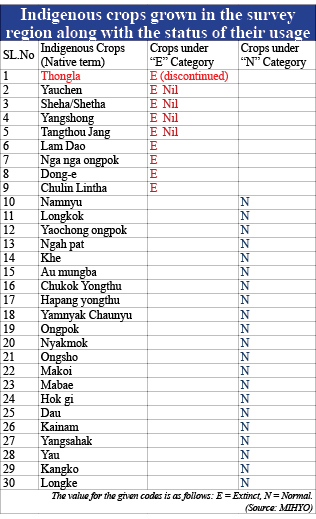
It also highlighted the lack of adequate storage units and seed banks and low yield as contributing factors. It further emphasized that, “Ignorance of the farmers about the cultural and economic importance of certain seed species that is indigenous to their region,” and lack of region wise data of indigenous crops with details of their accessibility and availability are also important aspects that need to be tackled to preserve indigenous crops.
The survey stated that losing a crop species that is indigenous to a particular region would have an adverse impact on the region as a whole and prove to be a threat to entire traditions and cultures associated with it. The indigenous seeds have a unique and strong adaptation capacity to the environment comparing to the foreign seeds which may survive the land but hardly thrive, it added.
As such, the survey made several recommendations to safeguard indigenous crops and ensure its sustainability. The recommendations included more investment in the agriculture sector, especially in terms of research, identification and documentation of all the crops indigenous to the region and categorizing them using adequate scientific methods.
Sustainable agricultural reforms crucial
It also recommended sustainable agricultural reforms that would attract the younger generation and increase their engagement in agricultural activities as a viable occupation.
The survey further emphasised that the cultivation systems in many rural areas are specific to the region. Therefore, deliberate effort needs to be made at various levels to enhance and not change the system according to their respective needs.
“The seeds being provided by the government to the farmers in different regions must meet the basic requirement of the particular region rather that the other way round,” it added. It also recommended training and large scale awareness campaigns so as to make people aware of the need to preserve indigenous crops and realise their roles and significance to the cause.
Additionally, there is a need of efficient rural governance with transparency and accountability to ensure equal assistance and support, it added.


